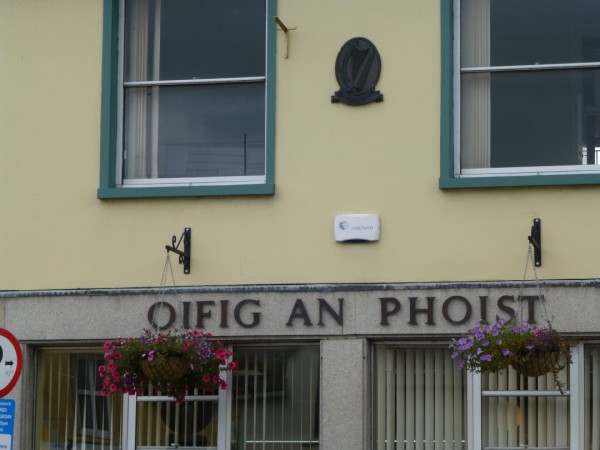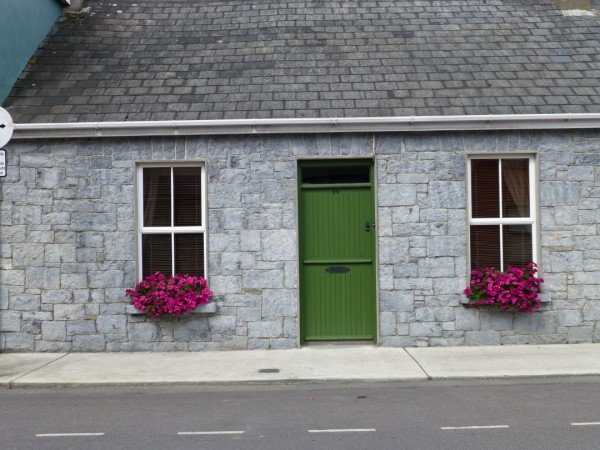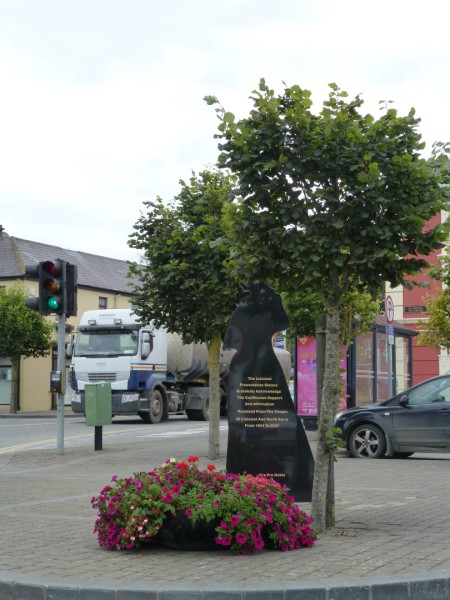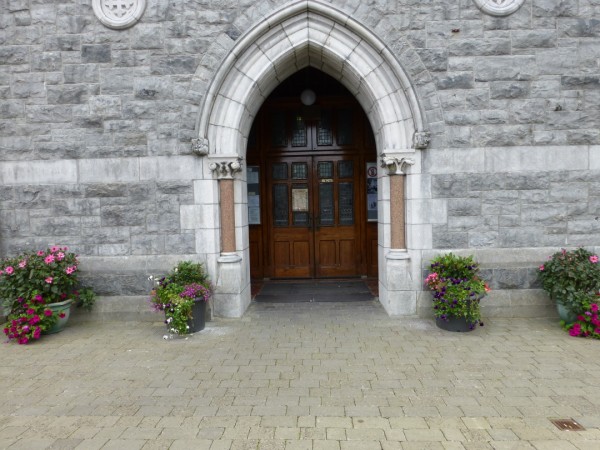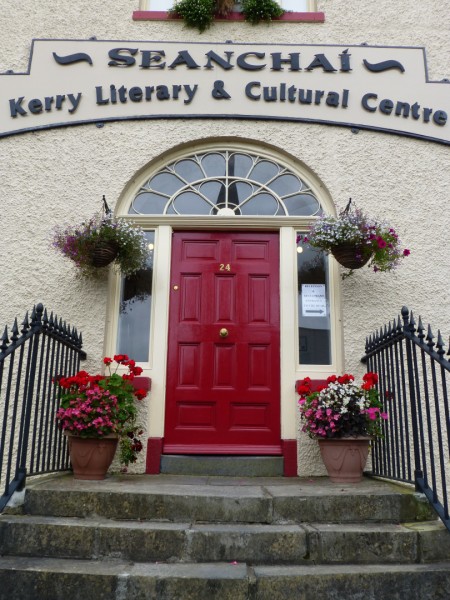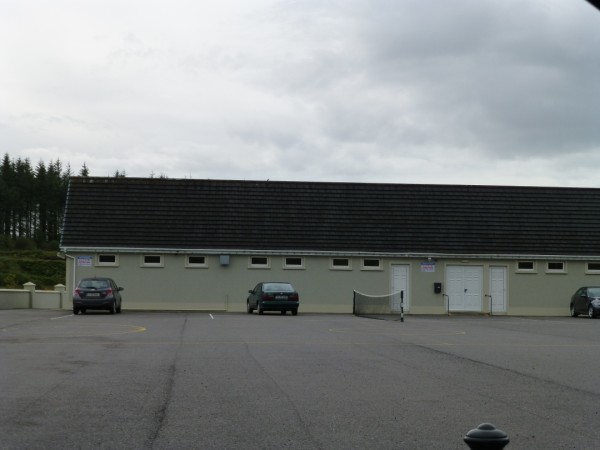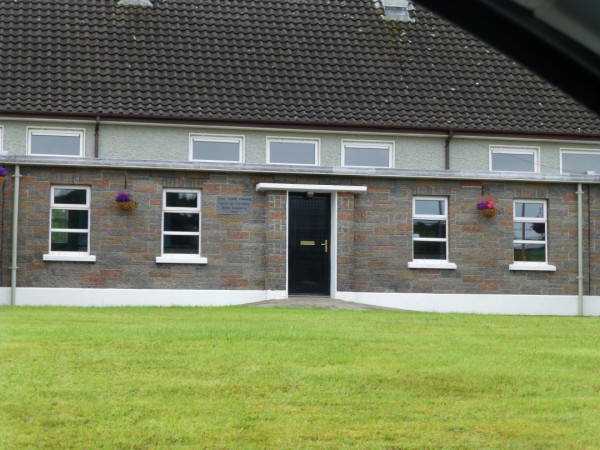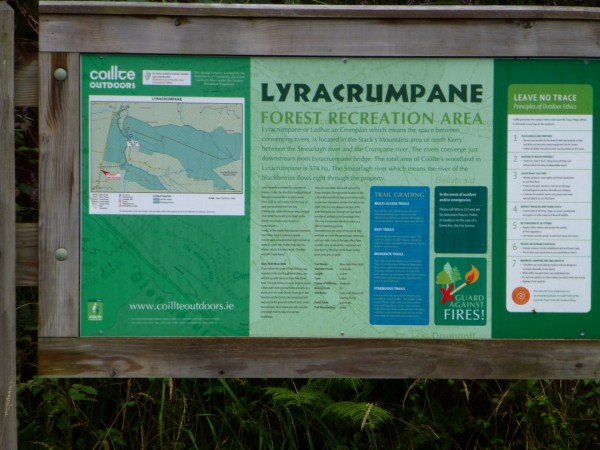In 1881 the following evicted tenants applied to the Listowel Board of Guardians for outdoor relief – Michael Nolan, Denis Scanlon, Timothy O’Donoghue, Patrick Quill, Michael Ahern, John Ahern, Mrs. J Dillane, Michael Dillane, Michael Ahern Snr., Pat Sullivan. Each family was given 2s 3d a week per head. When Pat Quill, Glashnanoon, was called before the Board he stated that he was evicted not because he refused to pay his rent but because he refused to pay a rise of rent. On being evicted he had sold his stock. Fr. Scanlon who was present enquired if he had given any money to Ms. Thompson. He replied, “Indeed I did not” and Fr. Scanlon declared he was perfectly right.
Garrett Fitzgerald paid Lady Locke £10 12s 6d. The Government Valuation was £20 10s. John Hurly had increased the rent to £43 and Ms. Thompson made a demand for an extra £6 per annum.
At that time the Duagh Ladies Land League group which consisted of one hundred members contacted the central executive in Dublin through Miss Anna Parnell – sister of Charles Stuart Parnell. They were requesting help to build a house for Mrs. Dillane who had been evicted. Mr. Fitzell, treasurer of the men’s League gave a site adjacent to the house from which Mrs. Dillane had been evicted. A sum of money was sent to the group. The Ladies League enlisted the help of the Men’s League to build the house.
On Thursday 12th May 1881 at 10 o’clock in the morning twelve hundred people and about 200 horses and carts arrived on the site. In that vast assemblage there were masons, carpenters, thatchers and many of them had brought along stones, mortar, scraws, rushes and reeds.
As the building was being erected the Ladies League arrived on site carrying green banners with suitable inscriptions to the deafening cheers of the assembled workers. At five o’clock the house was built, roofed and thatched. Rev. B. Scanlon arrived with the Abbeyfeale Brass Band they received a most enthusiastic reception. They entered the house and played ‘Home sweet Home’. Fr. Scanlon congratulated the League on their bravery and determination and he said that “the house would be a monument to the principals of the Irish Land League”.
At a Land League meeting in Duagh the branch unanimously decided that any person grazing evicted farms would be considered grass-grabbers and would be expelled from the League. There were many grass-grabbers in the locality. In fact families and neighbours were often split because of grass grabbing. It was known to happen that one brother would take advantage of another brother’s misfortune by taking the land from which the former had been evicted.
Boycotting was a defence mechanism encouraged by the Land League. The first farmer in the neighbourhood to be subjected to the system of boycotting was in Gortaclahane in 1880.
Farmers who took evicted farms were unable to procure servant boys. It was also impossible for them to sell their butter and milk on market day. A Bellman would caution intending buyers not to have anything to do with the grabber or his goods.
In 1887 Brigid Joy, Knockalougha, the mother of seven children, with a half-acre of land was in receipt of outdoor relief when a neighbouring farmer objected to her getting the relief. He believed she was not in want of it as she had children working. Mrs. Joy denied she had anyone earning but she had to hand over her half-acre to the objecting farmer.
On a Friday morning in January 1887 three bailiffs from Tralee under the protection of about thirty policemen called to the farm of Mrs. Lyons, a widow of Knockalougha. They seized nine head of cattle and a horse in lieu of rent due to her Landlord Major Leahy Nash of Tralee, which amounted to £45. On driving the stock to the pound, the horse was tied by halter to the last car in the procession, upon which sat four policemen. The cattle were driven in front of the other cars by the bailiffs. A large crowd of people had gathered along the way. When they were within two miles of town a man in the crowd cut the halter by which the horse was tied to the car. Another athletic young man mounted the horse and galloped off toward Knocklougha, amidst the shouts and cheers of the crowd and to the utter astonishment of the policemen. The man who cut the halter was immediately arrested while two cars of police went in pursuit of the man on horseback. They failed to get horse or man. Mrs. Lyons holding consisted of fifty acres. She agreed a settlement with her landlord to purchase her holding over seventeen years and she paid him £15 to get her cattle back. Evidently Major Leahy Nash was aware that this was the best bargain he could possibly make because of the difficulties that existed with regard to the sale of cattle seized for rackrent.
Returning to Tralee one Friday Night after visiting some evicted farms in Lyreacrompane an attempt was made on the life of Lucy Anne Thompson at O’Brennan. A wire paling was put across the road to upset the vehicle she was being driven in. The horse was badly hurt and the driver was injured but Ms. Thompson was unharmed.
THE FOLLOWING ON THE HURLY PROPERTY WERE SERVED WITH WRITS FOR POSSESSION IN APRIL 1881:
Michael Doran,
Matthew Doran,
Garret Fitzgerald,
Pat Quill,
John Ahern,
Michael Moloney,
Daniel McCarthy,
John McCarthy,
M. Dillane,
John Dillane,
Michael Molyneux,
John Nolan,
T Donoghue,
D. Murphy,
James Nolan,
Con Nolan,
Kate Nolan,
Patrick Ahern,
Michael Ahern,
Pat Connor,
John Moloney,
John Brown,
Robert Brown,
Daniel Moloney,
Jeremiah Moloney,
Robert Joy,
Daniel Brown,
Timothy Quill,
Maurice Connor
(Thank you very much, Kay)
If you are seeing the name of one of your ancestors among these, spare them a thought today as we pray for our dead.
Date for the diary: Tomorrow, Friday Nov 4 NKRO’s next traditional night will be on in The Harp and Lion in Church St. at 9.30. Prizes to be won!!!

